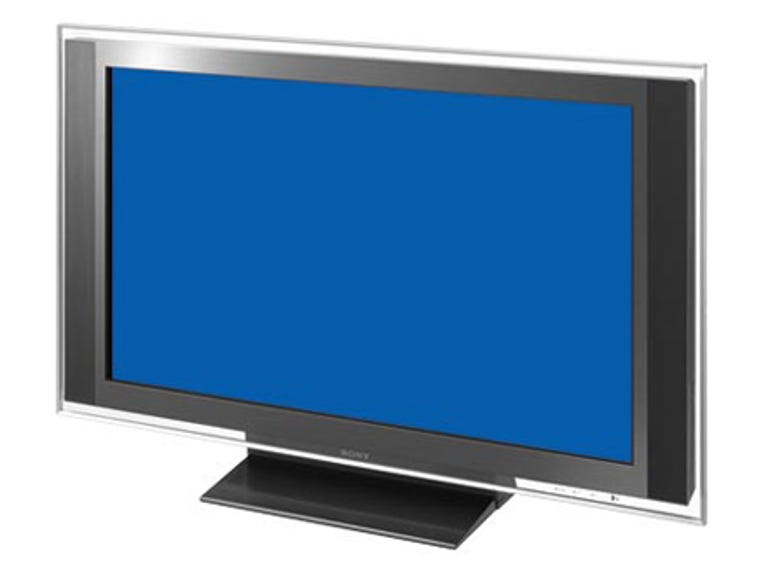 Why You Can Trust CNET
Why You Can Trust CNET Sony Bravia KDL-52XBR review: Sony Bravia KDL-52XBR
The Sony Bravia KDL-52XBR is a very good TV with some of the best video processing currently available, but plasma is an attractive alternative at this price.
If you're in the market for a new large screen, you would think that plasma is the technology for you. However, with some new developments in LCD, flat-screens have finally become a two-horse race.
The Good
The Bad
The Bottom Line
Sony's KDL52XBR is the penultimate TV in their range after the stupendously expensive Sony KDL70XBR, but does it have the muscle to continue the company's recent performance dream run?
Design
The remote is the same one the company uses for the other models in the XBR series and is large, friendly and easy-to-use.
Features
But if HD disks aren't your thing then there is an onboard HD tuner so you can receive 1080i content. Other features include a USB port for photo viewing, PC connectivity, and three HDMI version 1.3 ports.
The menu is straightforward and easy to navigate, with TV channel options appearing first. Advanced options, such as PC Power Saving, are logically arranged, while the Contrast control, as with many other Sony TVs, is here entitled Picture.
Performance
We were interested to see how a large screen such as this coped with black levels, and we were encouraged to see that it coped well. While the picture didn't seem to boast as much contrast as the Sony 46-inch the blacks were a smidgeon deeper.
Colour was a little more accurate on the 52-inch after calibration, with skin tones in particular looking quite natural. This ability carried through to HD broadcasts, though Channel Seven newsreader Ian Ross's red eyes looked particularly lurid. This wasn't a fault of the TV, but his physician -- give this man some eye drops!
Backlighting is more consistent than its little brother, though over time we have noticed the backlight clouding problem grow. Off-axis viewing isn't as good as the smaller one, either, with a noticeable rainbow sheen and reduced contrast.
As expected, gaming via the PS3 was excellent, with little detectable motion blur and bright colours bringing out the best of Rock Band. Using the PC input was also as good as expected, with none of the buzzing pixel noise you'd see on a plasma TV.


